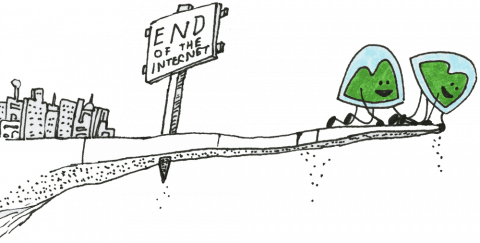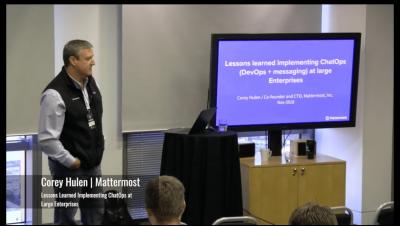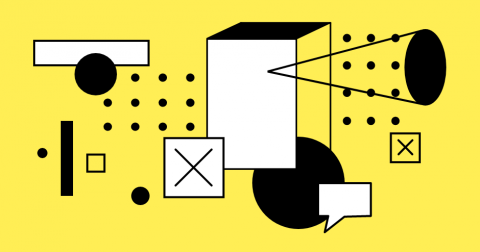Teams | Collaboration | Customer Service | Project Management
%term
Messaging Layer Security (MLS): the future of secure messaging
Messaging Layer Security (MLS) is a new end-to-end encrypted protocol that is developed by an IETF workgroup. Wire initiated the idea, along with Mozilla and Cisco, in 2016 with other contributors joining the efforts later: the University of Oxford, Facebook, INRIA, Google, Twitter. MLS’s major goals are to make end-to-end encrypted messaging in (large) groups efficient and more secure and to become an open standard.
Let the robots have those jobs-the evolving AI-agent relationship
The warnings say robots are coming for our jobs, but it’s more accurate to say they—AI-supported automation, that is—are taking over tasks that should be automated anyway. Taking the rote functions out of a customer service agent’s job is the perfect way to leverage AI, but support roles must evolve parallel with the technology.
How to Respond to Angry Customers
Have you ever opened an email with a subject line written in all caps, and the first sentence sounded something like “I have never been so frustrated in my life as I am with [your product here]!!!”? If you have, you aren’t alone—many of us every day respond to angry customers and do our best to de-escalate the situation, gain back their trust, and help them use our products.
It's Not Just the Product Anymore. It's a Relationship!
Just trust me. You’ve heard it before — maybe in a movie scene, or from a partner in crime, or an especially tough coach. Just-trust-me! In today’s marketplace, products may be a dime a dozen, but trust — well, that’s worth its weight in gold. In fact, statistics suggest that a landslide 83% of customers are more likely to recommend a trusted company to friends, and 82% will be more inclined to use that brand more often. It’s a relationship.
All Basecamp policies are now on GitHub and licensed under creative commons
We try hard to write good policies at Basecamp. Make them plain and easy to understand. Without out all the dreaded legalese. By humans, for humans. I particularly like our refund policy and our Until The End of The Internet policy. But I’m sure we don’t always succeed. And sometimes our policies may decay over time. Terms that are or become unreasonable linger on. Ugh.
5 questions to ask customers to improve your customer support
Feedback in business is crucial to growing and improving. It’s beneficial for any business to take a closer look at what is working and what could use improvement on a regular basis. But how do you do that? Where do you start?
Lessons learned implementing ChatOps (DevOps + messaging) at large Enterprises - Corey Hulen
How to create a seating chart for your team in RealtimeBoard
Today we are excited to share a guest post by Kyle Chipman, who coordinates process and brand content management at Chipman Design Architecture, a leading architecture and interior design firm. As one of the early adopters of RealtimeBoard, Kyle shared some of the techniques that help him reduce the time his team spends on figuring out a seating plan at the office from a couple of weeks to less than two hours.
B2B vs B2C Customer Service Interactions
The basic goal of customer service is the same for every company, regardless of industry or business model: to provide customers and clients with the assistance and answers they need. That being said, the process of providing that assistance can look very different within different companies. This is especially true when comparing businesses operating on B2B and B2C models.











